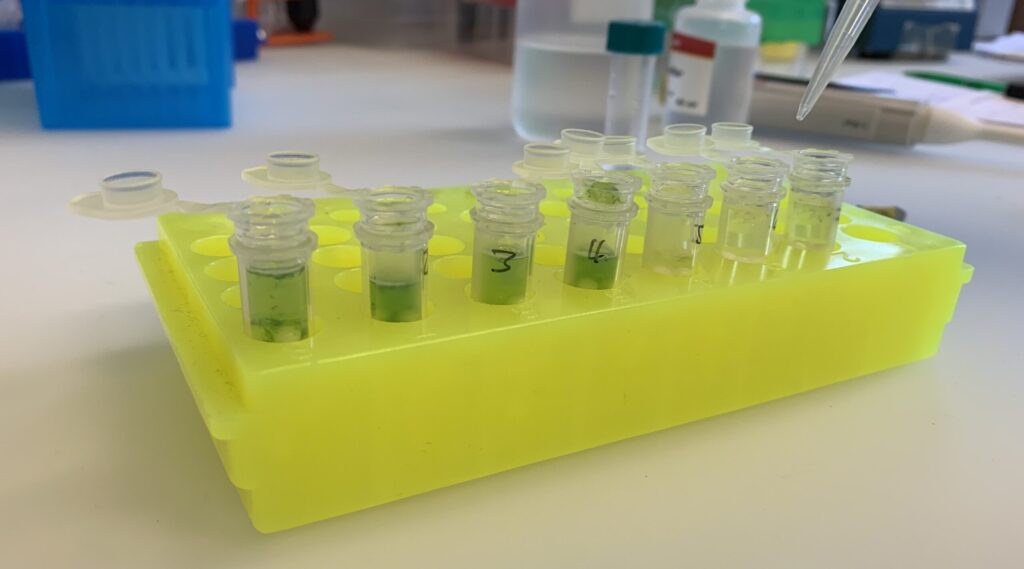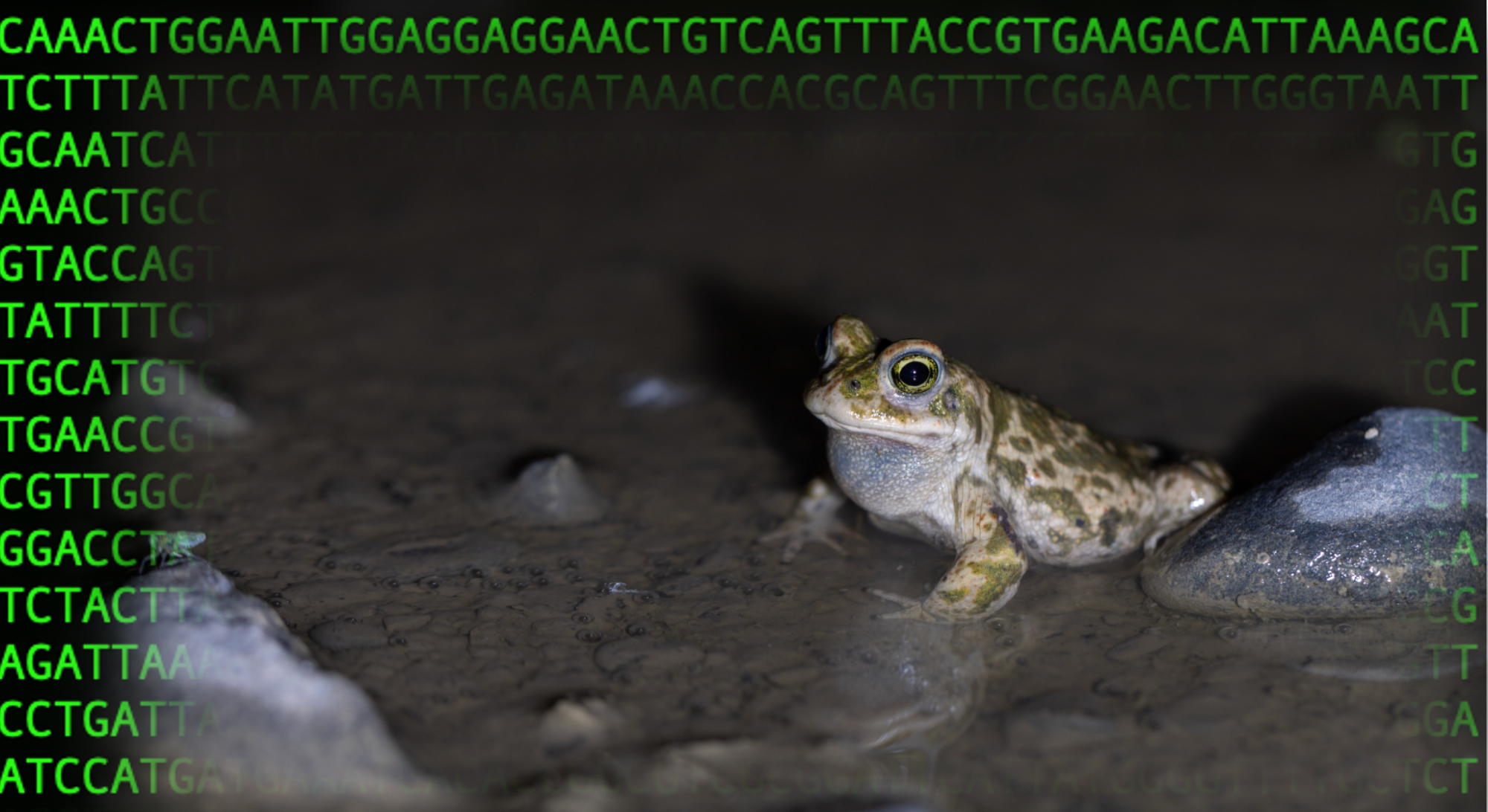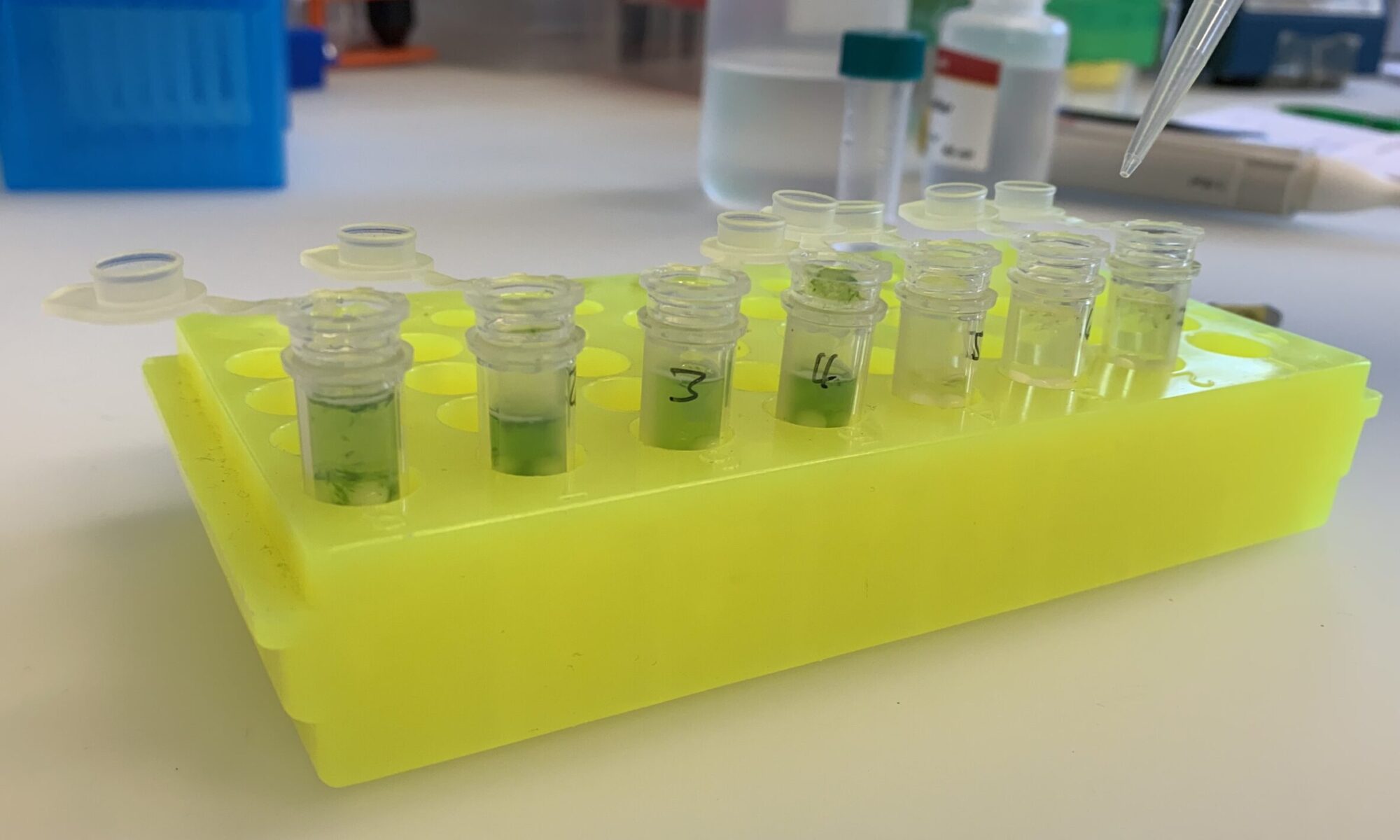The tissue samples for creating the reference genomes of the five species have arrived in the laboratory. The reference genome contains the entire hereditary information of an individual (DNA). It is needed to later visualise the genetic differences between different individuals of a species. In the laboratory, different extraction methods are currently being tested for the natterjack toad, the valerian fritillary and the yellowhammer. To create a genome with as few gaps as possible, DNA fragments of maximum length are needed.

A strategy for collecting samples from the five study species will be designed. A random selection of collection sites is aimed at in order to ensure comparability between species. Using information on the distribution of the species from the InfoSpecies databases and other sources, the distribution throughout Switzerland is outlined. From this, the collection points can be randomly selected, for example.



